Telegram's Animated Emoji Set
Telegram’s animated Telemoji emoji sticker designs are now available to view on Emojipedia. First launched in August of 2019 with just five emojis, the set has grown to over 600 animated designs.
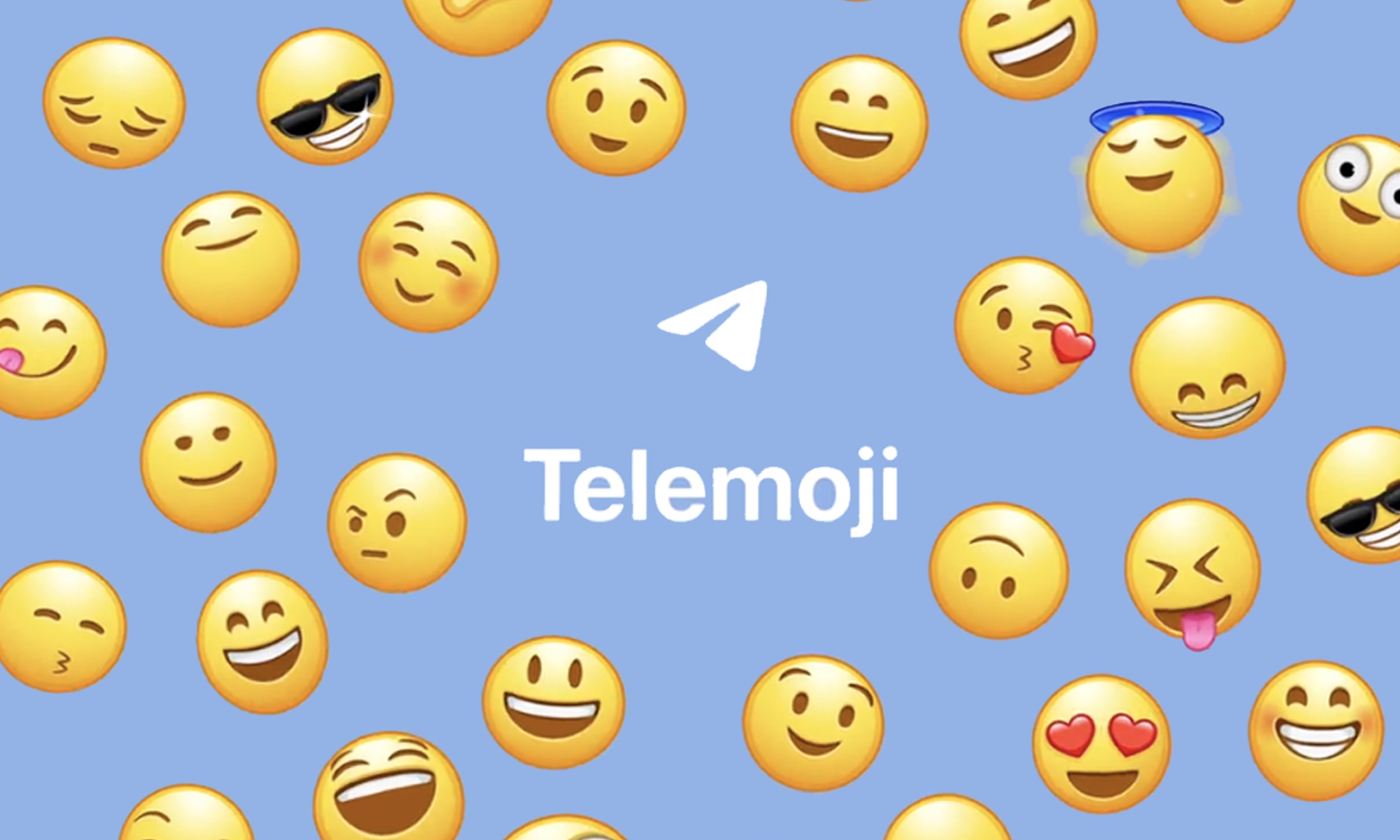
Telegram’s animated Telemoji emoji sticker designs are now available to view on Emojipedia.
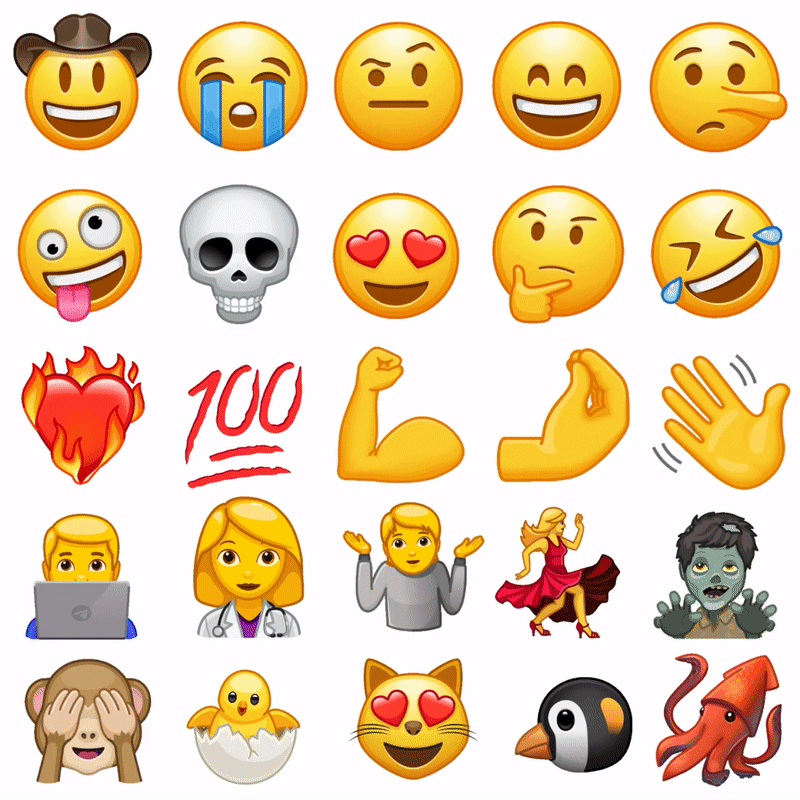
First launched in August of 2019 with support for just five different emojis, the Telemoji sticker set has grown to include over 600 animated designs with support for emojis from up to September 2021’s Emoji 14.0 recommendations.
You can view all of the animated Telemoji designs that have an emoji codepoint or sequence within Unicode here.
Telemoji updates tend to arrive every few months, adding animated sticker support for a small number of additional emojis each time. At the time of writing, the last update was released in March 2023.
Therefore while support for popular Emoji 15.0 recommendations such as 🫨 Shaking Face and 🩷 Pink Heart has yet to be provided by Telegram, they can be expected to be added to the Telemoji set in the near future.
Are these animated Apple emojis?
Yes and no.
The Telemoji sticker designs are heavily based on the Apple emoji design set, which is the default emoji set used by Telegram messenger across all devices and platforms instead of displaying platform-native emojis.
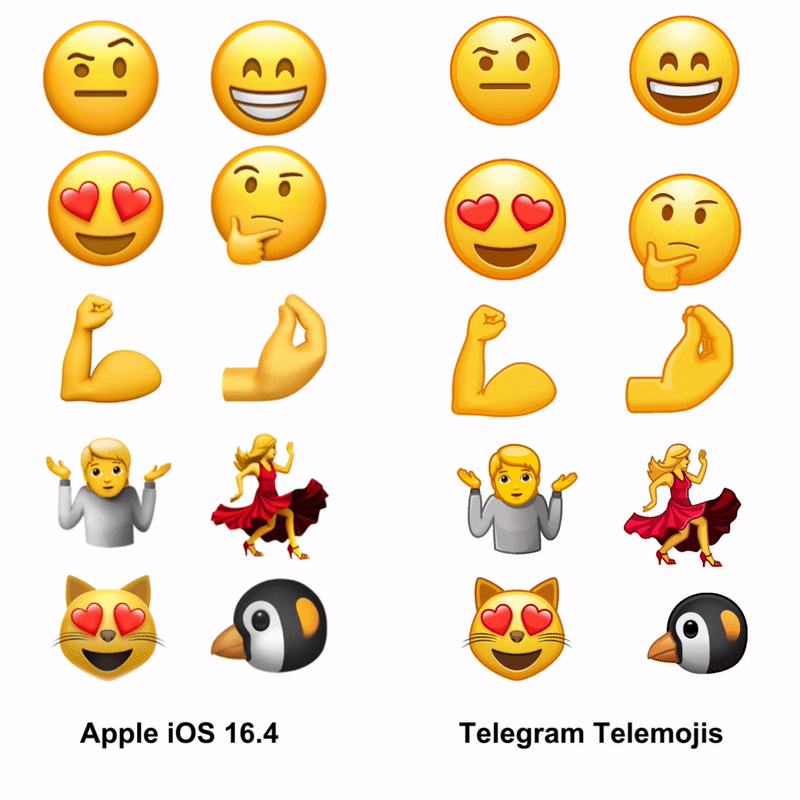
In August 2022, the sticker designs' derivative nature lead to a Telegram for iOS update being held up until the expanded animated Telemoji support was removed from the iOS update.
However, the latest version of Telegram for iOS supports the same set of animated emoji stickers as Telegram for Android, at least when it comes to sending the animations in block sticker format.
How to use an animated Telemoji
The animated Telemoji designs are activated when a user sends a single emoji in a message. If that individual emoji has an equivalent animated Telemoji design, the animated sticker will be sent

Users can tap on the Telemojis to replay their animations, and select Telemojis also have fullscreen “interactive emoji” effects that appear simultaneously for both chat partners when activated.

When sent on their own, emojis that have yet to be given a Telemoji animation will be rendered either in their Apple emoji design or a static version of their animated Telemoji design, which is just subtly different from its Apple design.
This is also the case when multiple emojis are sent side-by-side without any other text, regardless of whether or not one or more of the emojis is supported within the Telemoji set.
The return of animated emojis?
When the first small number of animated Telemoji stickers debuted in August 2019, they could be considered an interesting throwback to a time gone by - specifically, to some of the earliest emoji sets from early 2000s Japan.
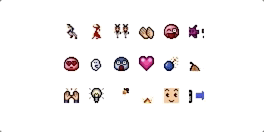
For example, the first color emoji launched by Softbank in November of 1999 featured a considerable number of animated designs, as did subsequent sets released by both Softbank and au by KDDI.
While Google did create an animated emoji set for Gmail in the late 2000s, the modern emoji sets used by the majority of global emoji users such as those from Apple, Samsung, and Microsoft have until recently always been static in nature.
The only notable exception here is the Skype set of animated emoticons, though these designs were of course limited to use within the Skype platform and implemented by shortcodes instead of being based on Unicode-recommended codepoints or sequences.
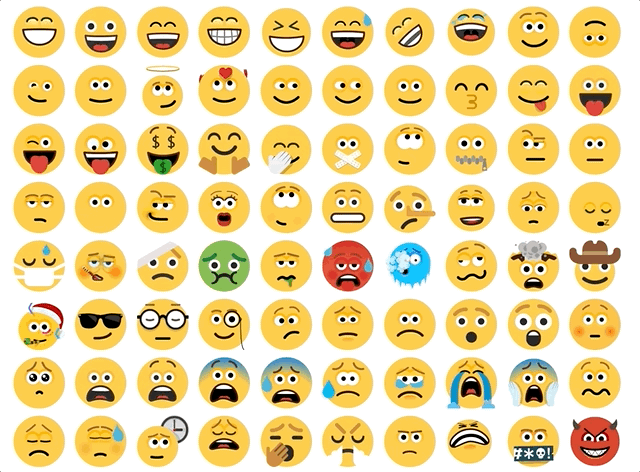
Yet since the initial launch of Telemoji, we have seen not just seen the expansion of Telegram's Unicode-based animated emoji set but also the launch of two additional animated emoji sets, namely the 3D animated Fluent set found within Microsoft Teams and the animated version of Google's Noto Color Emoji set which can be found within the Messages by Google mobile app.
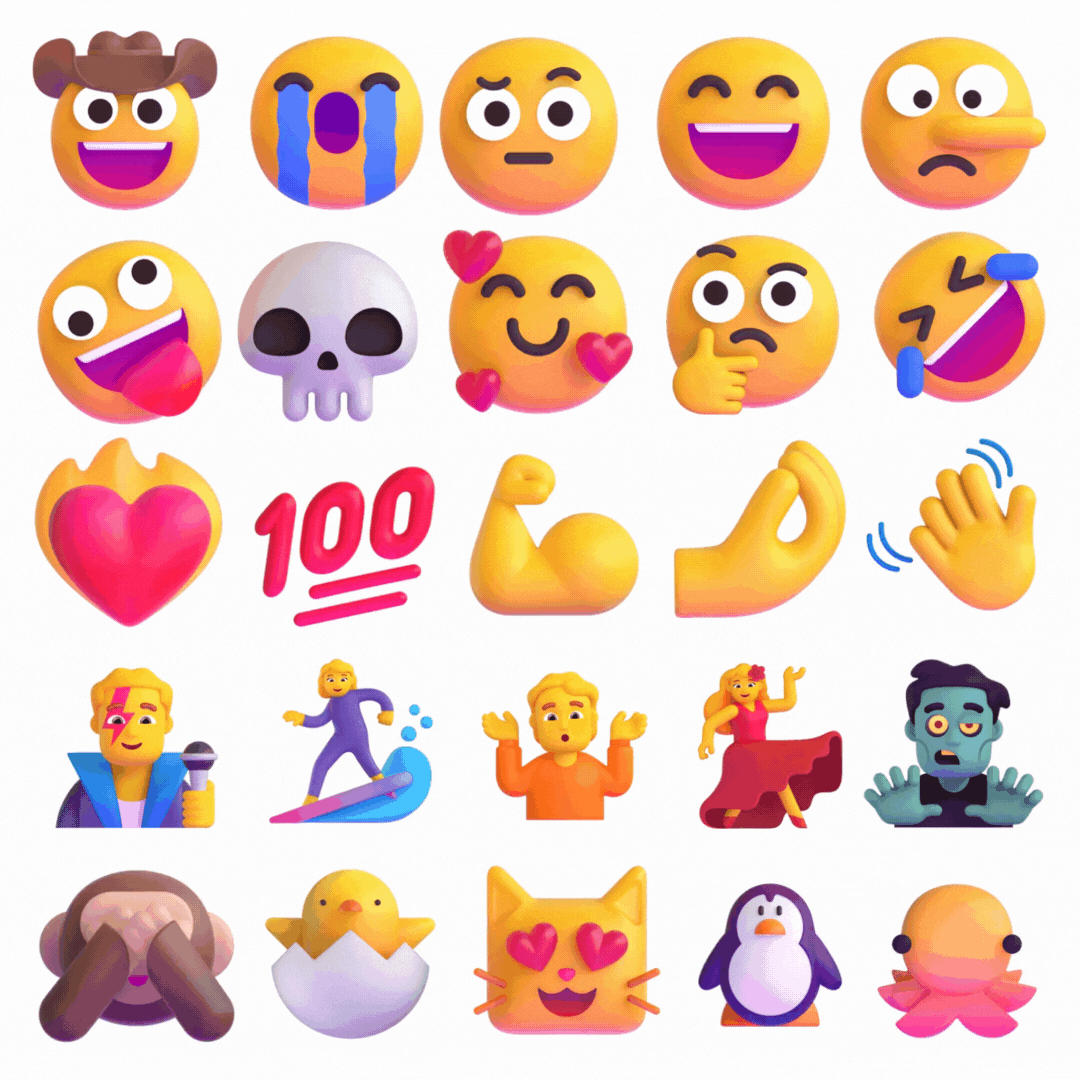
At the time of writing, the Microsoft Teams animated 3D Fluent set is the largest animated Unicode-adjacent emoji design set, featuring over 800 different animations. Telegram's Telemoji is the second largest with over 600, followed by the animated Google Noto Color Emoji set with over 300 animations.
The freemium emoji vendor JoyPixels also has an animated subset of its licensable emoji designs available, supporting almost 200 emojis as of September 2020.
There have been reports that WhatsApp is also developing its own set of animated emoji designs for its messaging platform.

While the above makes it feel like a new age of widespread animated emojis could be approaching, we shouldn't consider our currently ubiquitously static emoji designs as an endangered species.
Currently, these animations are currently all limited to when a single emoji is sent on its own within the platform. As discussed above, when more than one emoji is sent within a message or an emoji is sent alongside text (as the vast majority of emojis are when used), then a static emoji design will be used instead of an animated sticker design.
This is the case for Microsoft Teams, Messages by Google, and Telegram's Telemoji... with one slight caveat for Telegram Premium users.
Users who opt to pay for Telegram Premium appear to be able to see animated emoji designs within messages, akin to how animated emojis once appeared within the aforementioned Softbank and au by KDDI sets.

These are accessed through the platform's "Custom Animated Emoji" feature, which also appears to support a whole host of non-Unicode-based emoji-esque designs within the body of messages. However, we here at Emojipedia have been unable to replicate the image below within our own version of Telegram.
Even with this apparent support for within-text animation available for Telegram Premium users, we believe that animated emoji sets are still very far from being considered a threat to our long-standing static emoji sets.
Given the manner in which they are currently being implemented across different platforms, animated emoji sets should be considered a new complimentary emoji-based feature, akin to the emoji reactions found across the likes of Facebook and WhatsApp or indeed the Emoji Kitchen sticker tool within Gboard for Android.

They are not a replacement for our static emoji sets - instead, they're a testament to the emoji keyboard's prominent place within our day-to-day digital communications.
So, while animated emoji sets are indeed a throwback to an emoji time gone by, we're not back to seeing texts like the one shown below. At least not yet, and not without Telegram Premium.
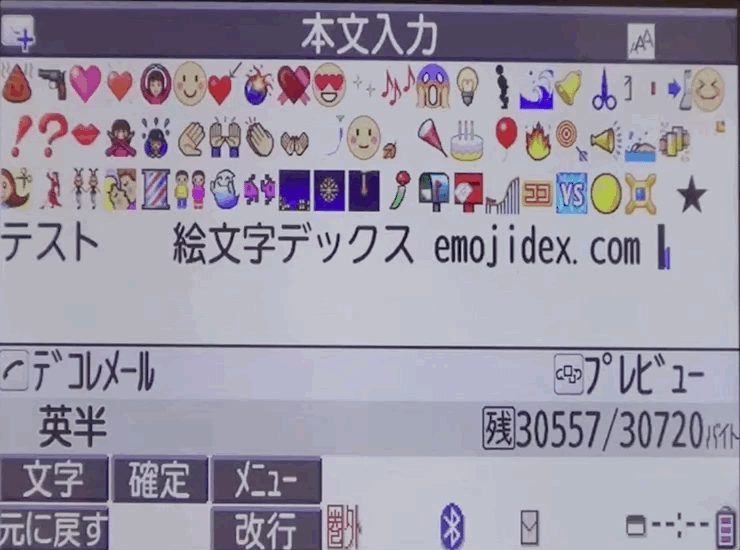
Read More
- First Look: Google's New Emoji Bonanza
- Microsoft Teams' 3D Fluent Emojis
- Skype Emoticons Now on Emojipedia
- The Rise and Fall of Animated Emoji
